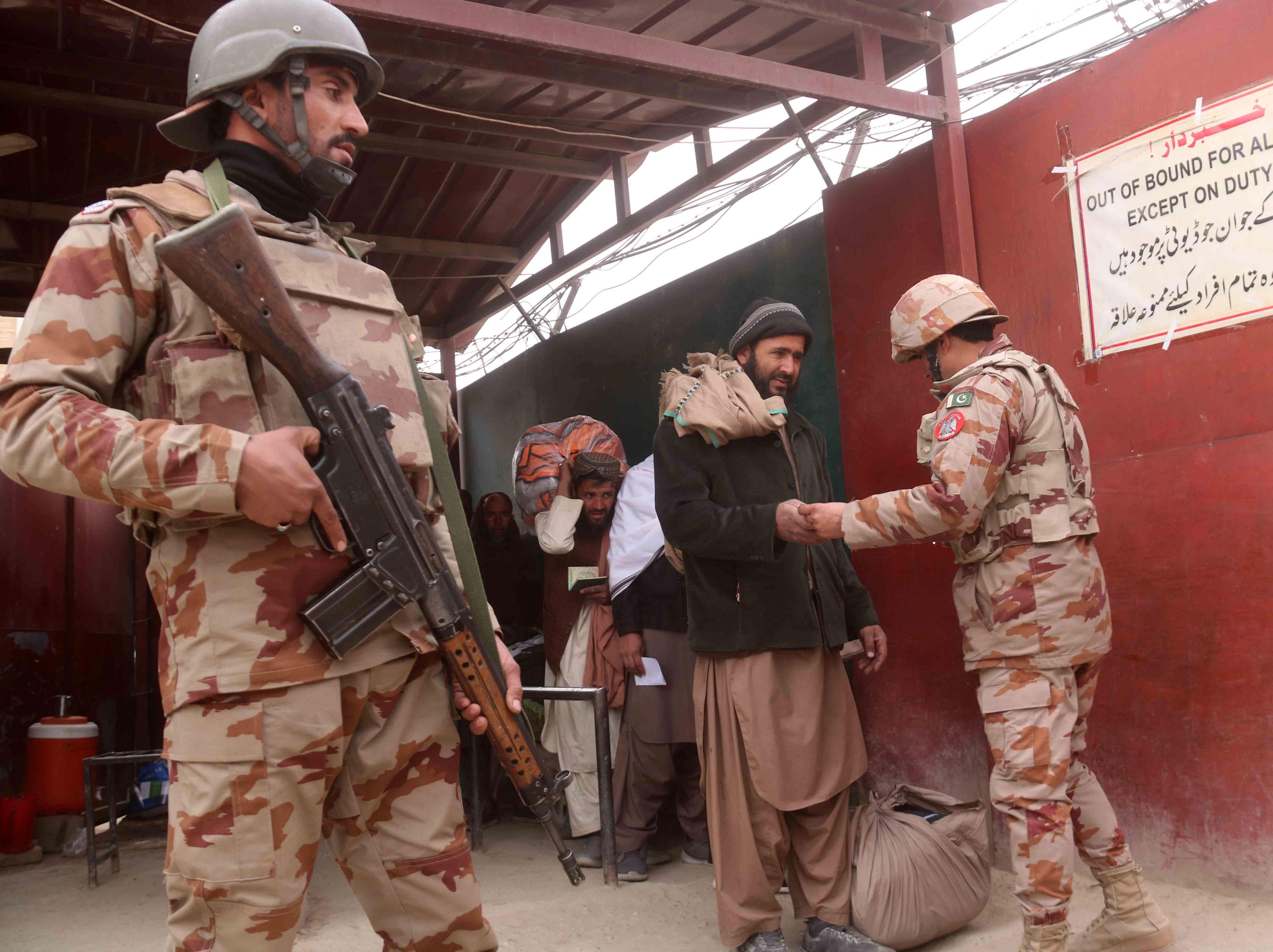Brief Peace: Pakistan, Afghanistan Reach 2-Day Ceasefire Deal

In a rare and unexpected development, Pakistan and Afghanistan have agreed to a 48-hour temporary ceasefire after weeks of escalating border tensions and crossfire incidents. The announcement marks a brief pause in hostilities between two neighboring countries whose relationship has long been strained by security, migration, and political mistrust.
While the ceasefire is short-term, its implications are significant — offering both nations a narrow but critical window to de-escalate and seek diplomatic footing before tensions spiral further.
Background: Rising Tensions Along the Border
The Pakistan-Afghanistan border, particularly the Torkham and Chaman crossings, has witnessed frequent clashes between security forces over territorial disputes and the movement of militants. In recent weeks, these skirmishes intensified, disrupting trade routes, displacing civilians, and heightening regional anxiety.
Both sides accused the other of violating sovereignty and harboring militants responsible for cross-border attacks. The situation threatened to destabilize not just the border regions but also ongoing regional security efforts aimed at curbing terrorism and facilitating trade in South and Central Asia.
After a series of diplomatic exchanges mediated by tribal elders and regional officials, both Islamabad and Kabul agreed to a 48-hour ceasefire, aimed primarily at restoring calm and allowing humanitarian assistance in conflict-hit areas.
The Ceasefire Agreement
According to official statements, the ceasefire came into effect following back-channel communication between Pakistan’s military leadership and representatives of Afghanistan’s ruling government.
The agreement stipulates:
-
A complete halt to cross-border firing and troop movement for 48 hours.
-
Joint coordination to ensure civilians can safely return to their homes near the border.
-
Resumption of trade and transit activities through key border crossings during the truce.
-
A commitment to initiate dialogue aimed at establishing longer-term stability mechanisms.
While temporary, this truce marks one of the few instances of direct cooperation between the two countries in recent months.
The Roots of the Dispute
The underlying causes of the tension trace back decades. The Durand Line, a 2,600-kilometer border drawn during British colonial rule, remains a point of contention. Afghanistan has historically refused to officially recognize it as an international boundary, arguing it divides ethnic Pashtun communities.
Pakistan, on the other hand, considers the border settled and accuses militants operating inside Afghanistan of launching attacks on its soil. The issue of cross-border terrorism, illegal trade, and refugee movements has further strained ties since the Taliban’s return to power in Kabul in 2021.
This 48-hour truce, though fragile, reflects a mutual acknowledgment that continuous confrontation is unsustainable — both economically and politically.
Regional and International Reactions
The ceasefire drew cautious optimism from neighboring countries and international observers.
-
China, a key player in the region, welcomed the truce, calling it “a positive step toward lasting peace.”
-
The United Nations urged both sides to extend the ceasefire and engage in structured dialogue to resolve disputes peacefully.
-
Iran and Central Asian nations emphasized the importance of stable borders for regional trade and counterterrorism efforts.
For the international community, this ceasefire offers a brief but crucial opportunity to encourage reconciliation efforts and prevent a wider conflict that could destabilize the entire region.
The Humanitarian Angle
The border clashes had devastating consequences for civilians living along both sides. Thousands were displaced, trade routes were blocked, and cross-border families were cut off from one another.
With the ceasefire now in effect, humanitarian agencies have resumed relief operations. Food, medical supplies, and temporary shelter are being delivered to affected communities. The pause has also allowed traders and transporters to move goods across the border, easing economic pressure in local markets that had suffered from the blockade.
However, aid groups warn that a 48-hour window is far from sufficient. They are urging both governments to extend the truce and establish communication channels to prevent future flare-ups.
Military Calculations on Both Sides
For Pakistan, the ceasefire provides breathing space to reassess its border defense posture while signaling willingness to resolve disputes diplomatically. Islamabad has long accused the Afghan side of harboring Tehrik-i-Taliban Pakistan (TTP) elements, responsible for deadly attacks within Pakistan.
For Afghanistan, the truce is a chance to demonstrate control over its border regions and present itself as a responsible actor capable of managing state-to-state relations — something many in the international community have questioned since the Taliban’s takeover.
Both militaries appear aware that continuous hostilities risk undermining their domestic stability and regional reputation.
The Role of Diplomacy
Diplomatic channels have remained limited between Islamabad and Kabul since the Taliban regained control in 2021. Nonetheless, both sides have maintained low-level communication through intelligence and security intermediaries.
This ceasefire could become a platform for a broader political dialogue, addressing not just border security but also issues like:
-
Trade facilitation through key crossings like Torkham and Chaman.
-
Refugee management and voluntary repatriation programs.
-
Counterterrorism cooperation to prevent militant infiltration on both sides.
Regional stakeholders — especially China, Qatar, and the Organization of Islamic Cooperation (OIC) — are expected to play a mediating role if the temporary truce evolves into formal talks.
Will It Hold?
While the 48-hour ceasefire is a welcome development, few analysts are optimistic that it will immediately lead to long-term peace. The history of border tensions between Pakistan and Afghanistan is riddled with short-lived truces that eventually collapse under the weight of mutual suspicion.
Still, even a short pause in fighting offers a rare diplomatic opening. If both sides capitalize on it, this could become the first step toward a more structured engagement — perhaps even a framework for border management or intelligence-sharing agreements in the future.
Final Thought
The 48-hour ceasefire between Pakistan and Afghanistan may be temporary, but it carries symbolic weight. In a region long defined by mistrust and cycles of violence, even a short pause signals that dialogue is still possible.
Peace cannot emerge overnight — but it starts with small steps like this one. Whether this ceasefire remains a brief pause or evolves into a foundation for lasting peace depends on the political courage and diplomatic foresight of both Islamabad and Kabul.
For now, the guns are silent — and for the people living along the border, even two days of quiet is a glimmer of hope in a region yearning for stability.




